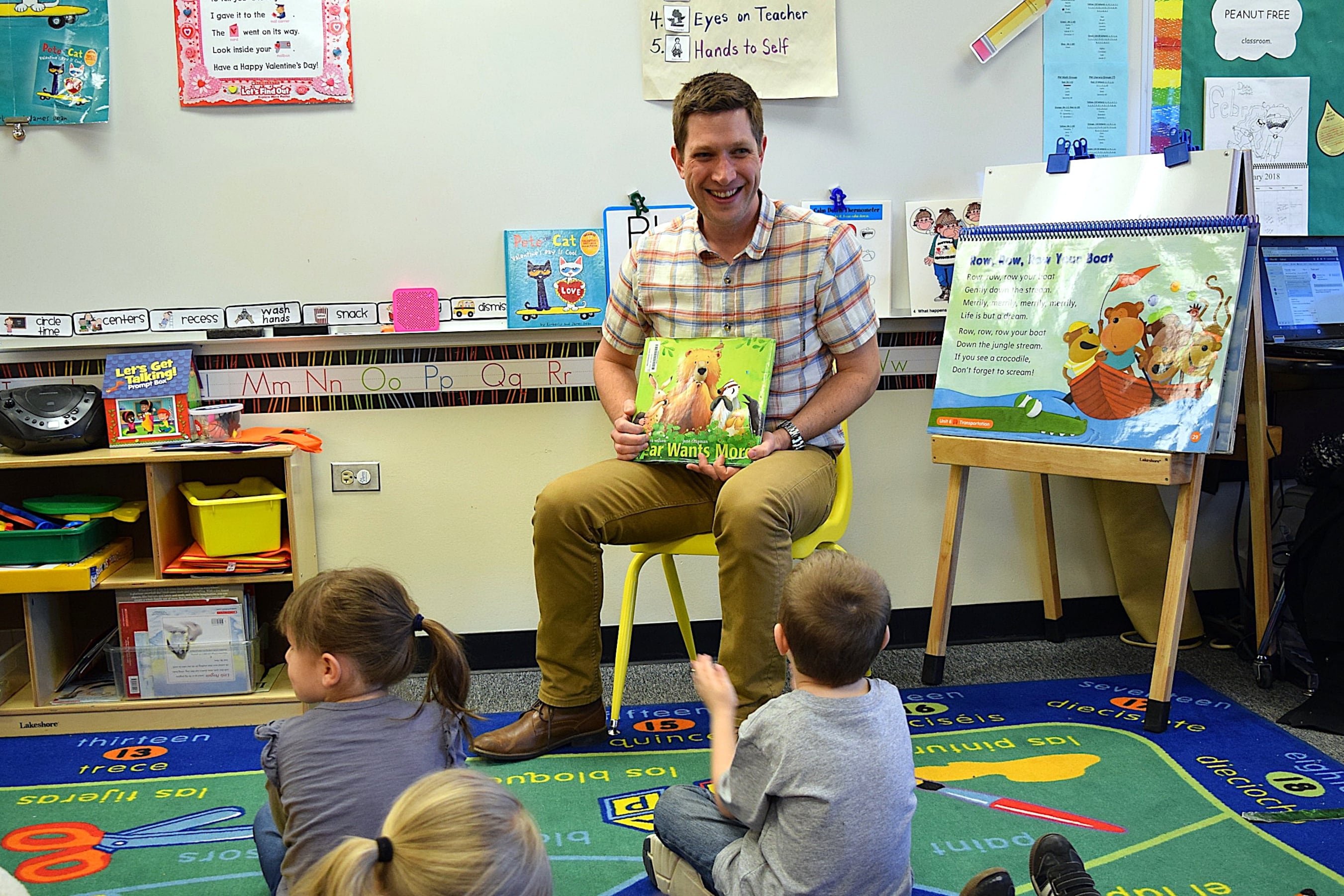The Westminster school district is proposing that students return to schools five days a week this fall.
The 9,000-student district north of Denver is among the first in the metro area to announce a final plan for fall, ahead of state guidance.
More than a dozen metro area school districts have been planning together with an interest in aligning plans. One Westminster neighbor, Mapleton Public Schools, has also announced its plan for a similar five day per week return to schools this fall, starting later in August than planned.
Both Mapleton and Westminster will provide an option for students who wish to stay remote all year instead of returning to campuses.
Most school districts have drafted multiple plans for fall but have said that a hybrid scenario where students alternate between being in school and learning from home each week is most likely if state health guidance doesn’t change.
Current guidance and rules from the state do not address what may happen in August, but so far limit classrooms to 10 people and suggest students need to stay 6 feet apart from each other while in school. Gov. Jared Polis has recently told several groups of leaders that he expects guidelines to change, and school to be able to proceed mostly as normal.
A Westminster spokesman said the district’s plan is in response to that guidance from the governor. Officials Tuesday night acknowledged, however, that state guidance can change and require the district to continue remote learning.
The Westminster school board voted unanimously to approve the five-day plan Tuesday night. The district will now also share the plan with Tri-County Health and with the Colorado Education Department.
“Our students, family, and community are under immense socio-emotional and economic pressures as the impact of the COVID-19 pandemic continues,” Superintendent Pam Swanson wrote in a statement for health officials. “Schools are one of the most important safety valves in relieving this pressure, only if we are allowed to open our doors and welcome our students back into the classroom.”
The district, with 84% students of color and 78% qualifying for subsidized lunches, surveyed parents, staff, and community members ahead of finalizing this plan.
According to results of that survey, a full return to in-person learning was the most popular option for parents and staff.
In response to a question., “If safety plans are in place as dictated by Governor Polis and Adams County health officials, do you believe students should return to in-person learning in fall 2020?” 56% of parents and community members agreed. Support from staff was stronger, with 73% of respondents agreeing.
Fran Groff Gonzales, president of the Westminster teachers union, said that while some teachers are concerned about their health if they return to school, most also feel they need to start the school year in person to get to know their group of students.
“Our district has been a great partner,” Groff Gonzales said. “We’re trusting the school district to do what it can to ensure the safety of teachers and of students.”
A hybrid plan, like ones other districts have discussed, had the second-highest support among parents and community members with 52% in favor. When asked if students should go to school remotely this fall, 49% of parents and community members agreed.
In the spring, Westminster officials report that most of its schools had more than 90% of students engaged in remote learning. Districtwide the average was 95%. A student was counted as engaged if students logged on, submitted assignments, or posted in social networks.
The plan to reopen “as close to normal as possible” also includes safety measures such as a requirement for students and staff to wear masks, the school to conduct temperature checks, and the district prohibiting family members from entering schools.
Officials said the plan will also ask schools to stagger passing periods and create lanes in hallways so as to limit the number of students interacting there. Students will be required to eat lunch in their classroom, or outside if the weather permits, and large assemblies won’t be allowed.
The schools will also be asked to keep students in the same group as much as possible, with teachers being the ones who move from room to room. As an example, James Duffy, the district’s chief operating officer, said schools might have “art on a cart” that would go into classrooms.
Board members thanked the district for creating the five-day plan, and said that for some students, “this is the best place to be.”







